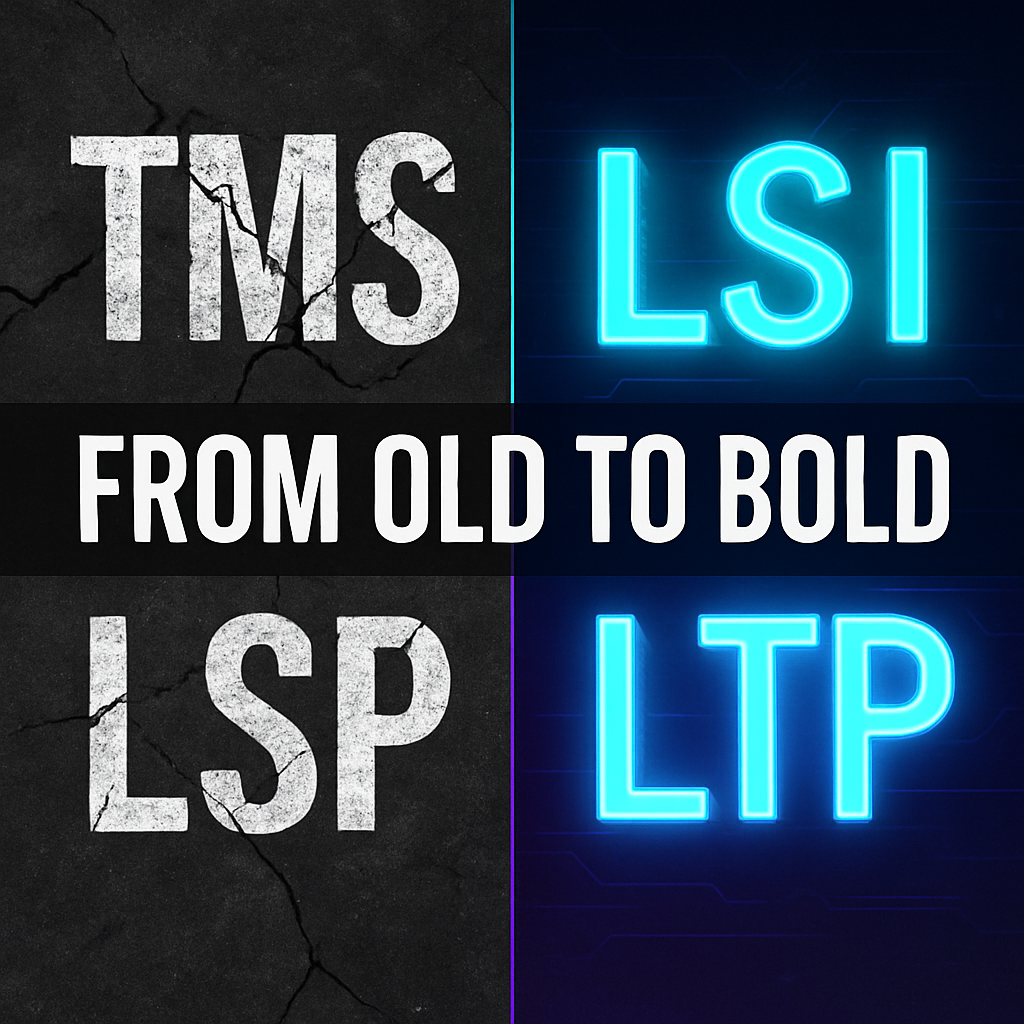What is Translation Memory?
Translation memories are a powerful tool used in translation services to help streamline converting text from one language to another. Professional translation companies use this technology to save time, increase accuracy and reduce costs when working on any project.
Translation memory stores source text and its corresponding target text in a database. Whenever similar content is encountered, later on, the stored translations can be retrieved from the database, which helps speed up the process of translating new documents.
In addition, this method ensures consistency between translated phrases as they are stored in a central repository that can be accessed by all translators working on different projects at any given time.
In short, translation memories are essential to modern-day translation services, making it easier for professionals to deliver high-quality translations faster than ever!
How Translation Memory Works
Translation memory (TM) can be used by language service providers and the customers they serve. Translation memory is a procedure that may make the translation process considerably quicker and more cost-efficient. It is often used in conjunction with machine translation.
So, how does it work?
In its most basic form, TM is a memory that retains previously translated words or phrases in the form of "memory units." Whenever translation memory is provided with a new text that has to be translated, it will examine the text to see whether or not it contains any matches with previous information saved in its database. If there are any matches, it will not be necessary to re-translate the relevant sections of the original text.
During the process of translation, this might result in time and cost savings!
In addition, the translation memory database will be immediately updated with any modifications made to the source document after it has been originally translated but before any further translations are begun. These changes will be reflected in the translated document.
When is the Best Time to Use Translation Memory?
When you need to translate text from one language to another frequently, particularly when that content contains elements repeated in whole or in part, using a translation memory is an excellent tool at your disposal. Listing the domains in which a translation memory would not add value would take less time than listing the domains in which it would.
It is possible that creative translation, along with a literary translation, is one of the very unusual situations in which the use of a translation memory will not explicitly help the translation process. This is due, in large part, to the fact that there are only a certain number of repeats.
What Advantages Does Utilizing Translation Memory Offer?
Companies and language service providers stand to gain major competitive advantages by using TMs as essential components of their translation software. They center on the three most important factors for every company: time, money saved, and product or service quality. Let's go through each one of them again.
A Translation Memory Ensures Consistency in All Translations
One of the most crucial characteristics of a good translator is their ability to provide translations that are consistent with one another. This is significant, and anyone engaged stands to gain from it. However, if two similar translation projects are being worked on simultaneously but months apart, it might be difficult to recall how they translated that software menu item.
They must study their previous translations, but that method is only guaranteed to be partially accurate. Even if an editor reviews their work after it has been completed, the obstacle still exists since editors are still subject to the same limitations of human memory as everyone else.
If problems are not addressed promptly, the end users will be forced to bear the consequences of inconsistent translations, which will negatively impact the quality of their experience. This might quickly lead to unfavorable customer feedback, subsequently affecting the brand.
It is Cost-effective
A Language Service Provider that has access to a translation memory will analyze the material to be translated to look for precise and approximate matches. After that, they will often apply lower prices to these matches since the translators will need less effort to complete them.
Therefore, it is possible for projects with material that is very repetitive to entail far less real effort than they first seem to, which may lead to potentially significant cost savings.
It Helps Translation Quality
Translation memory is an invaluable tool for translators, increasing the quality of their work by simplifying and streamlining their processes. Translation memory software stores elements of previous translations with the goal of helping translators consistently deliver high-quality, accurate translations.
It Improves Speed and Contributes to an Increase in Revenue
More than 85% of those who participated in the poll for the CSA research study that was discussed before agreed with the statement that translation memory enables quicker delivery. No surprise! When there are numerous matches, a translator utilizing a translation memory will be able to complete their translation more quickly. This will enable them to take on more projects and work for a greater number of clients, which will benefit their income.
If a company wants to translate its software or goods, having a shorter turnaround time means it can get its items out on the market more quickly and have more time to concentrate on other things they want to bring to market. In the long run, it will also result in more income for them.
Translation Memory is More Adaptable
Translation Memory (TM) is the perfect tool for those working in the translation industry. It stands out among other translation tools, being a more flexible and adaptable option that benefits translators and clients.
This is because it captures both words and concepts, providing greater consistency when managing translations across multiple versions of a single project.
Unlock the power of glocalization with our Translation Management System.
Unlock the power of
with our Translation Management System.
















.avif)









.png)